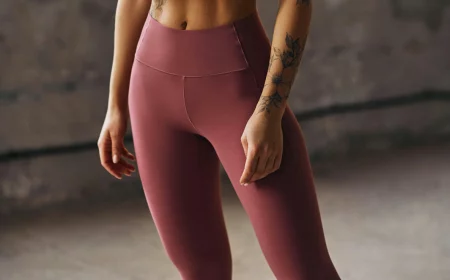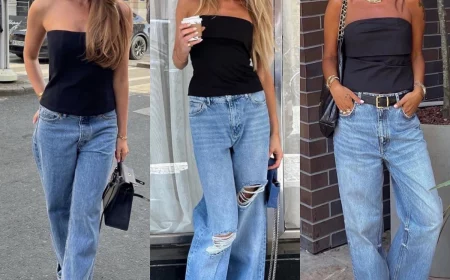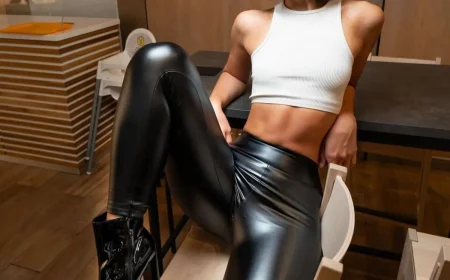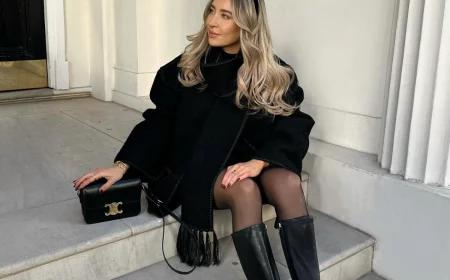The Real-Deal Guide to Dressing for a New York Winter
I’ve lived in New York for a long, long time. And if there’s one thing I’ve learned, it’s that a real NYC winter isn’t just about the temperature on your phone. It’s a whole different beast.
In this article
We’re talking about a three-headed monster: the brutal wind that rips down the avenues, the damp, bone-chilling cold that seeps in from the rivers, and the infamous gray slush puddles that guard every single street corner. Getting through it—and actually enjoying it—isn’t about having a closet full of clothes. It’s about having the right system.
When I first got here, I made all the rookie mistakes. I had those stylish wool coats that looked great until the first wet snow turned them into a heavy, soggy mess. And the fashionable boots with smooth leather soles? Utterly useless on an icy sidewalk. It was a miserable learning curve, to be honest. But over the years, I’ve figured out what actually works. This is the no-nonsense guide to building a smart, durable, and genuinely comfortable winter wardrobe.
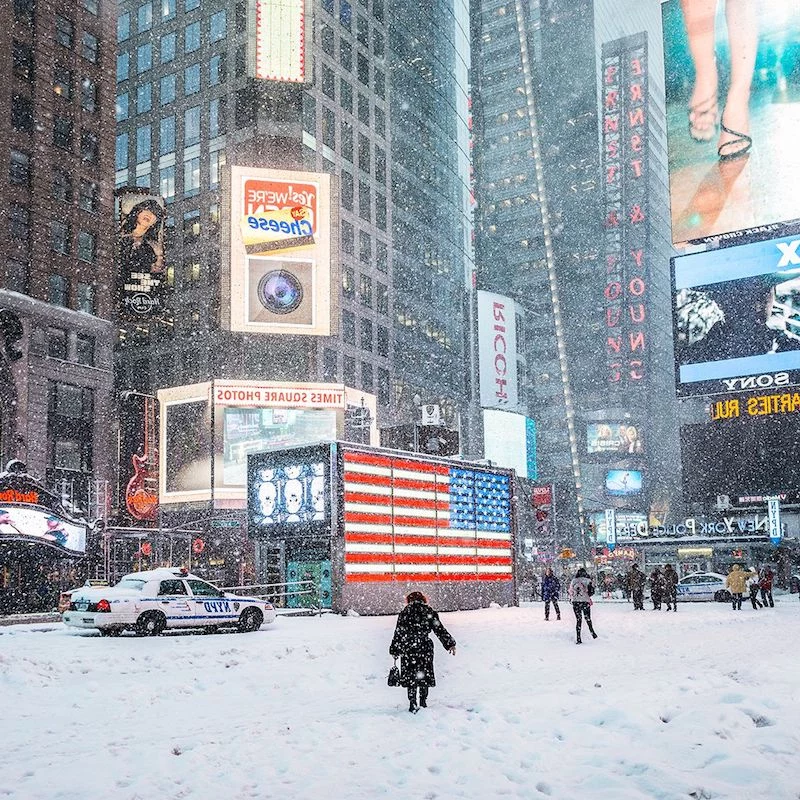
The Layering System That Actually Works
Before you even think about buying a coat, you need to understand the ‘why’ behind staying warm. The secret isn’t one giant, puffy layer. It’s a team of three distinct layers working together to manage heat and moisture as you bounce between the freezing street and a sweltering subway car.
1. The Base Layer: Your First Line of Defense
This is the layer right against your skin, and its one job is to pull sweat away from your body. This is where most people go wrong. They throw on a cotton t-shirt, which is basically a sponge. The second you sweat a little walking to the train, that cotton gets damp and stays damp, chilling you to the bone when you step back outside. Cotton is your enemy in a city winter.
What you need are materials that wick moisture. Merino wool is the undisputed champion—it’s breathable, resists odor, and, get this, stays warm even when it gets a little damp. Synthetics like polyester or polypropylene blends are also fantastic and usually a bit cheaper. A simple long-sleeve merino or synthetic top is the foundation of every warm outfit.
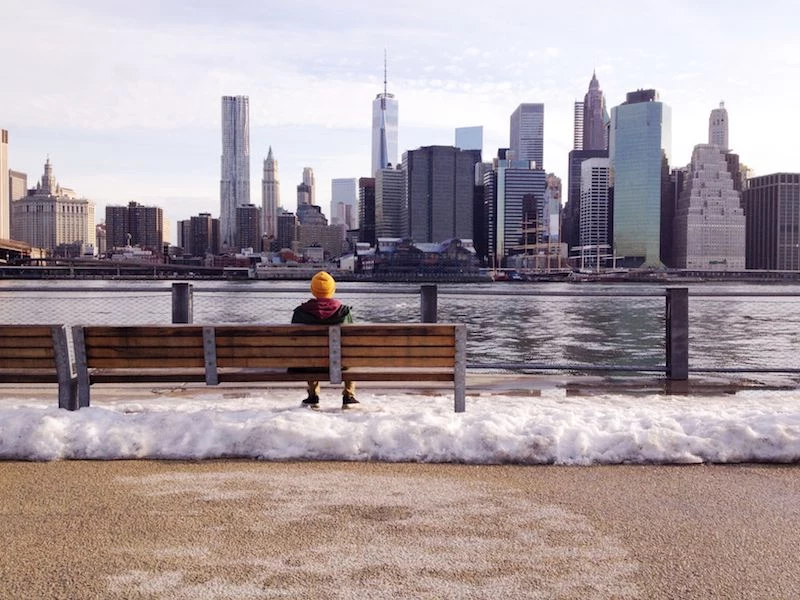
Good to know: For a budget-friendly option that punches way above its weight, check out Uniqlo’s HEATTECH line. Honestly, it’s the unofficial uniform for New Yorkers trying to stay warm without breaking the bank. You can get a great base layer for $20 to $40.
2. The Mid-Layer: Your Personal Furnace
This is your insulation layer. Its job is to trap your body heat in a pocket of warm air, creating a buffer against the cold. Think sweaters, fleece, and light vests.
- Wool and Cashmere: These natural fibers are classic for a reason. A good lambswool or merino sweater is a winter workhorse.
- Fleece: This synthetic wonder is lightweight, breathable, and insulates even when damp. A zip-up fleece, which you can find for between $50 and $150, is incredibly versatile for venting heat on a stuffy train.
- Lightweight Vests: A thin down or synthetic-fill vest is a game-changer. It adds a serious amount of core warmth without making your arms feel bulky under a coat.
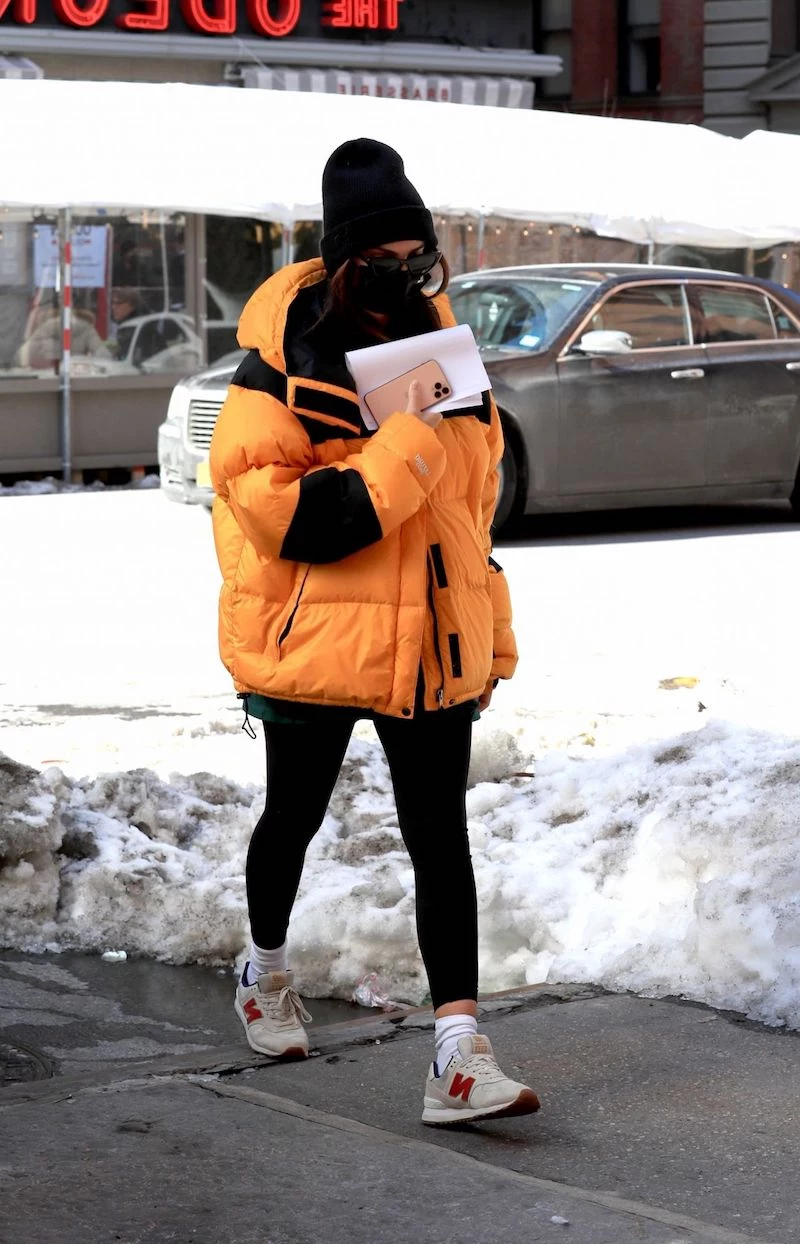
3. The Outer Layer: Your Shield from the Elements
This is your armor. In New York, your coat has two critical jobs: block the wind and handle moisture. The wind chill here is no joke. A stiff breeze can make 30°F feel like 15°F. Your coat has to stop that wind dead in its tracks.
It also needs to handle whatever the sky throws at you, which could be dry snow, wet sleet, or freezing rain. Look for something labeled “water-resistant” for light snow, but for the wet, slushy stuff, you really want a fully “waterproof” shell. Trust me, that’s a lesson you only want to learn once.
Where to Invest Your Money: The Coat and the Boots
You don’t need a huge winter wardrobe. You need a couple of high-quality, functional pieces that you can count on day in and day out. If you’re on a budget, sink your money into two things above all else: your winter coat and your boots. They are your primary defense.
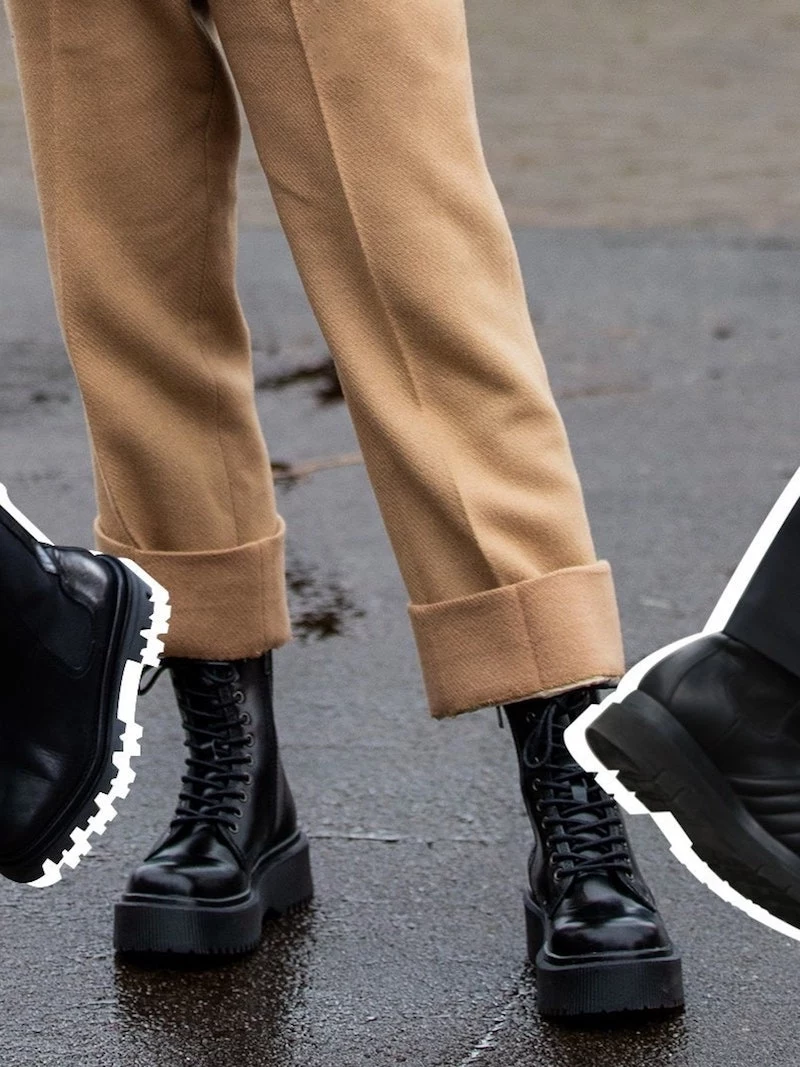
The Winter Coat: Your Most Important Purchase
Ideally, you’ll have two coats for different situations, but if you can only get one, make it a good one.
The Classic Wool Overcoat is timeless and professional. It’s incredibly warm in dry cold, but it has a major weakness: it’s terrible in wet weather. A soaked wool coat is heavy, miserable, and takes forever to dry. If you go this route, check the tag for at least 80% wool content for real warmth.
The Insulated Parka (or Puffer) is the undisputed champion for all-weather practicality. This is your go-to for the worst days of winter. For a solid, reliable parka that will last you for years, look at brands like The North Face, Patagonia, or L.L. Bean. Expect to invest somewhere between $250 and $600—it’s a purchase you won’t regret.
When you’re looking at parkas, you’ll see two main types of insulation. Down is the gold standard for incredible warmth with very little weight, but its kryptonite is water; it loses its insulating power when it gets soaked. Synthetic insulation, on the other hand, is the tough workhorse. It may not be quite as light as high-end down, but it keeps you warm even when damp, making it an incredibly practical choice for unpredictable city weather.
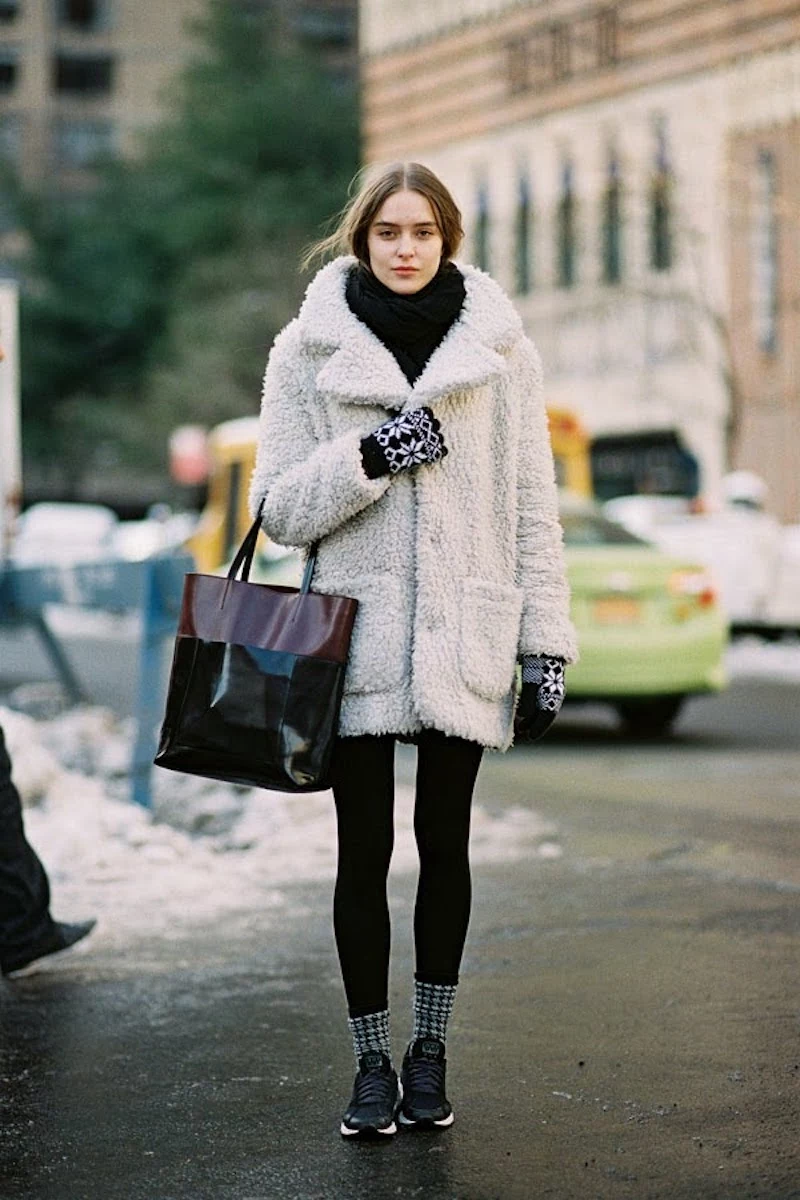
Quick tip: If you invest in a nice down jacket, don’t just throw it in the laundry! You can get special down-safe detergent online. After washing, tumble dry it on low with a few clean tennis balls. It sounds weird, but they’ll break up the wet clumps of down and fluff your jacket right back to its original puffy glory.
Footwear: Don’t Let Your Feet Ruin Your Day
The wrong shoes can absolutely destroy an otherwise good day. The biggest threat is the “corner lake”—that unavoidable, ankle-deep puddle of icy slush at every crosswalk. One misstep in the wrong shoes, and your day is over.
Your winter boots must have these two features. This is non-negotiable.
- Waterproofing: Not water-resistant, WATERPROOF. Look for boots with a waterproof membrane or a classic rubber shell design. Brands like Sorel, L.L. Bean (the famous “Bean Boot”), and the winterized versions of Blundstones are popular for a reason.
- Real Traction: Flip the boot over. You need to see deep, chunky treads made of soft rubber. Flat, hard plastic or leather soles are like ice skates on wet pavement.
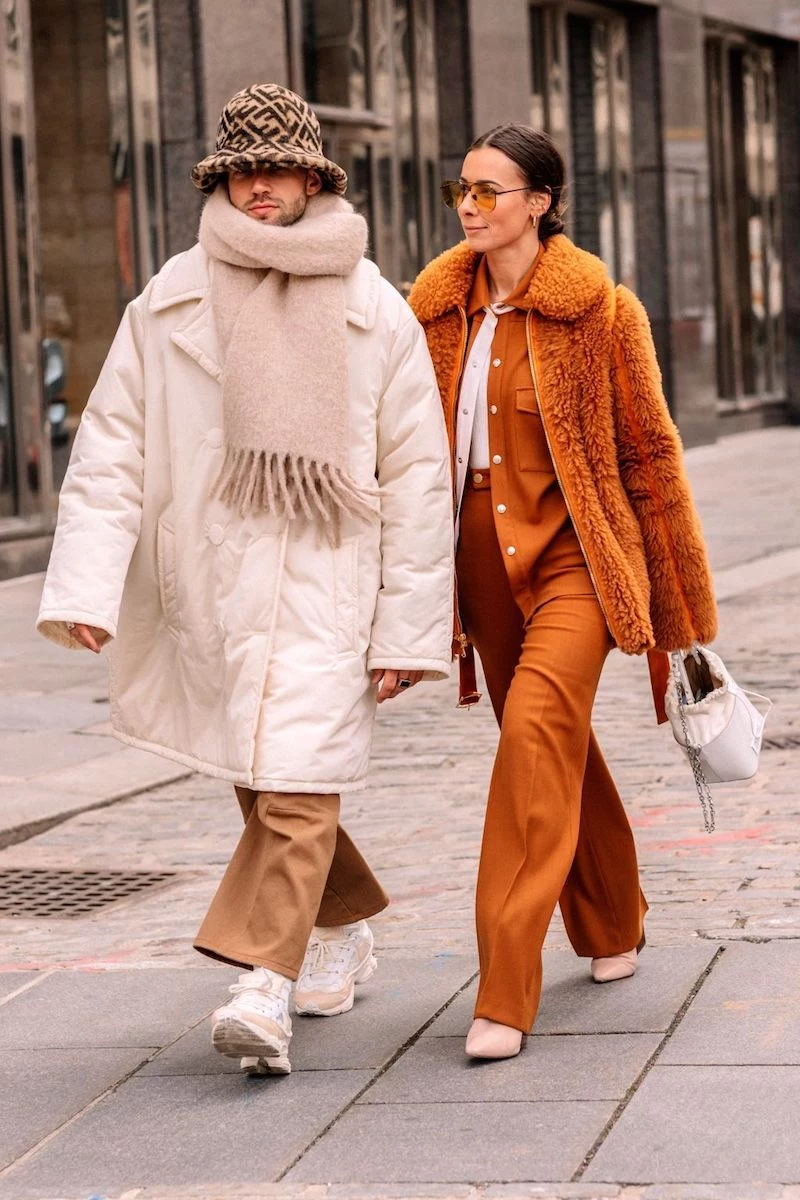
Your Secret Weapon: The Humble Wool Sock
Here’s the single best and cheapest way to upgrade your winter comfort. Go buy one or two pairs of high-quality merino wool socks. I’m serious. A pair from a brand like Darn Tough or Smartwool will run you about $25, and it will completely change your life. They keep your feet warm and dry, they’re cushioned, and they don’t get smelly. It’s the best $25 you’ll spend all winter.
Putting It All Together: Real-Life Scenarios
Scenario 1: The Daily Commute on a Cold, Dry Day (25°F)
The goal here is to stay warm outside but not overheat on the subway. Your best friend is a big scarf that you can easily take off and stuff in your bag, along with your hat and gloves. A classic wool overcoat over a sweater works perfectly. For footwear, leather boots with a good rubber sole are fine since it’s dry.
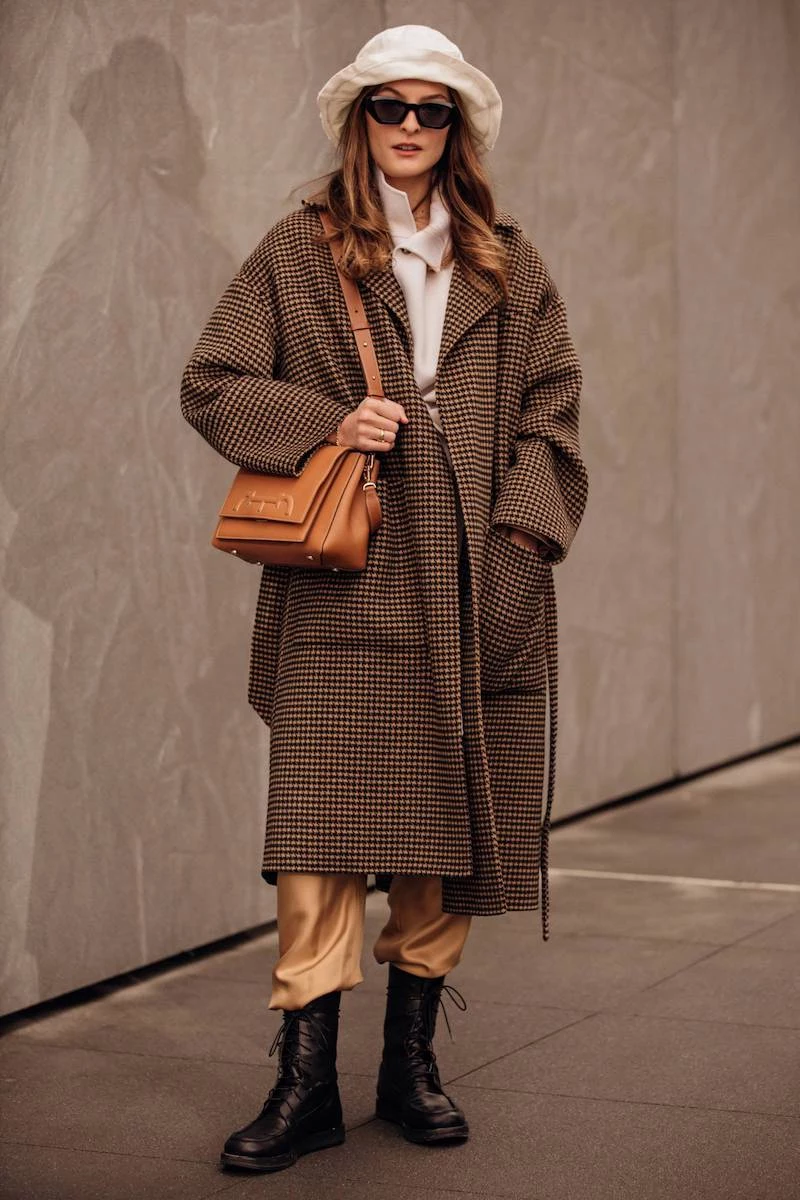
Scenario 2: A Snowy Weekend Running Errands (33°F)
This is prime time for your waterproof, insulated parka with the hood up. Underneath, a fleece zip-up is great because you can easily unzip it in a warm grocery store. On your feet? Your most serious waterproof boots. No exceptions. And it’s always a good idea to toss an extra pair of wool socks in your bag, just in case.
Scenario 3: An Evening Out (20°F)
You need to look nice, but it’s brutally cold. How do you do it? Strategy. Fleece-lined tights or leggings under a dress are surprisingly warm. For suits, a super-thin merino base layer under a dress shirt is invisible but adds a ton of warmth.
But the real pro move is about the footwear. Wear your heavy-duty winter boots for the commute, and carry your nice dress shoes in a bag. Seriously, no one will bat an eye if you show up to a restaurant and swap your snow boots for loafers at the coat check. It’s a classic move that says, “I know what I’m doing.” Sometimes, the smartest plan is just to budget for a cab and minimize your time in the elements.
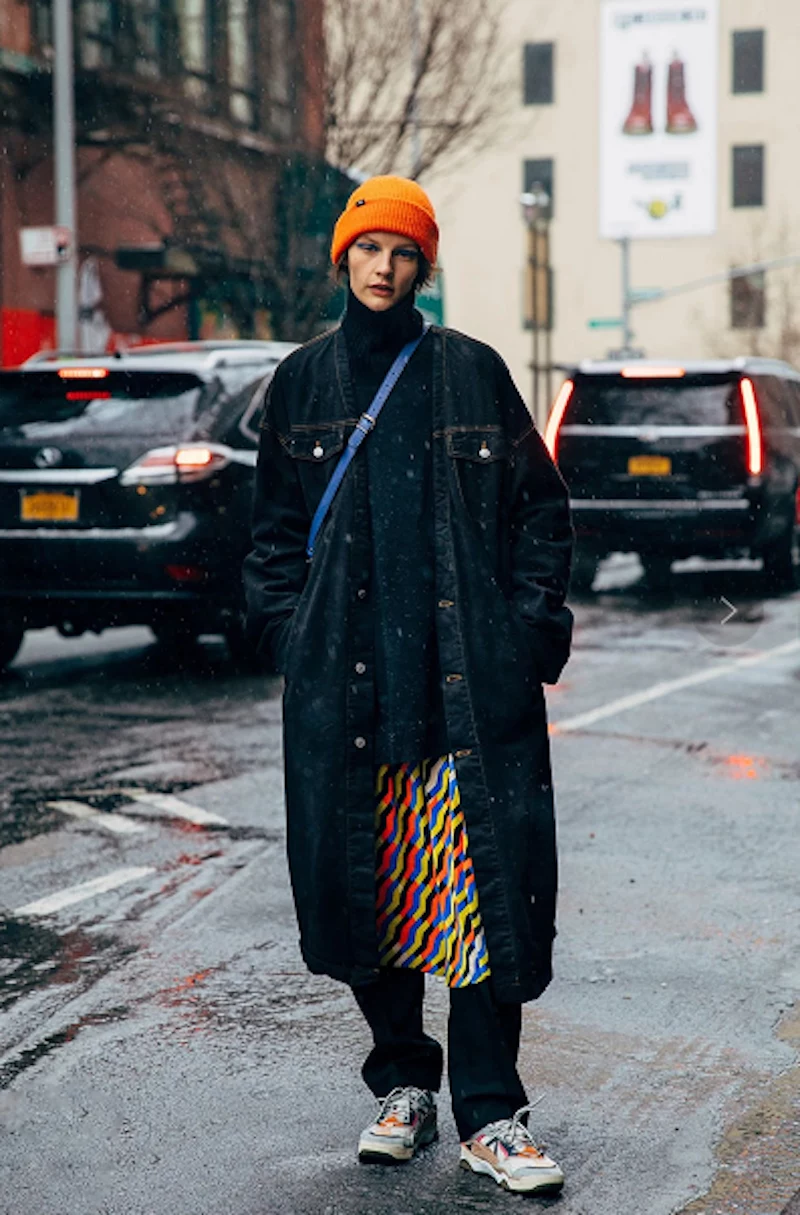
Inspirational Gallery
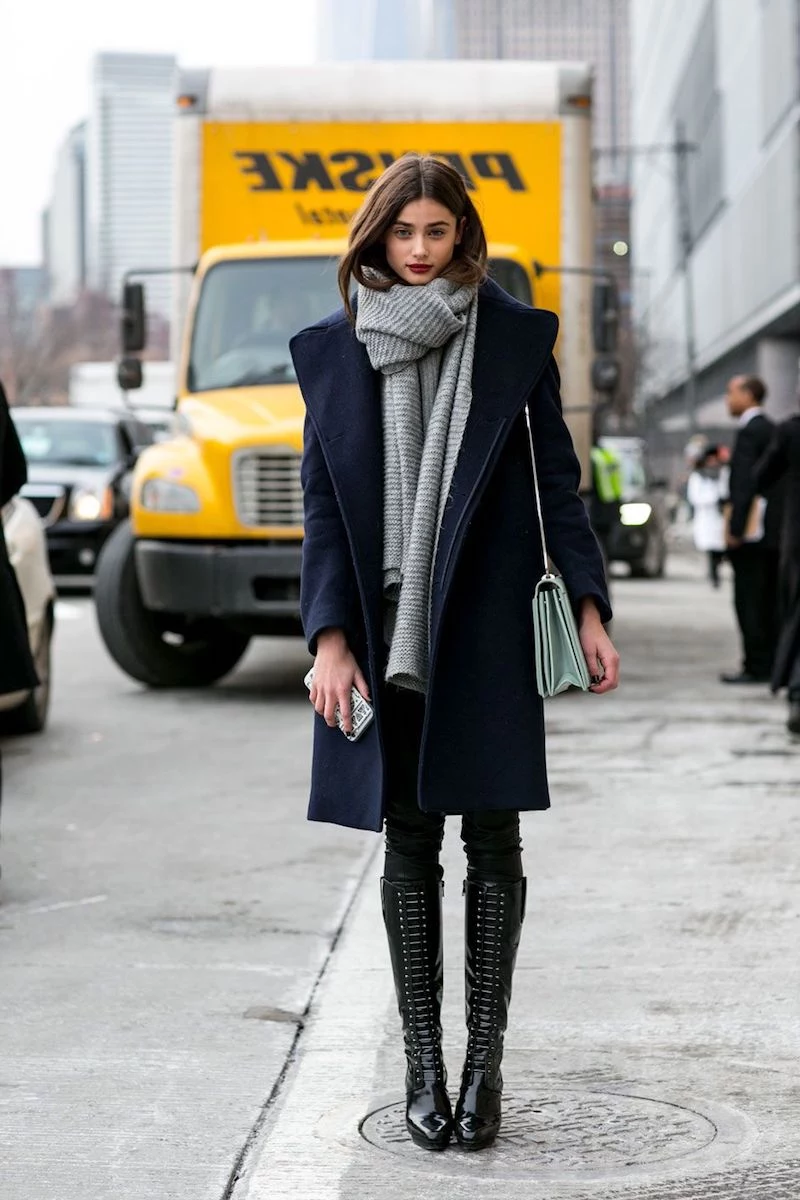
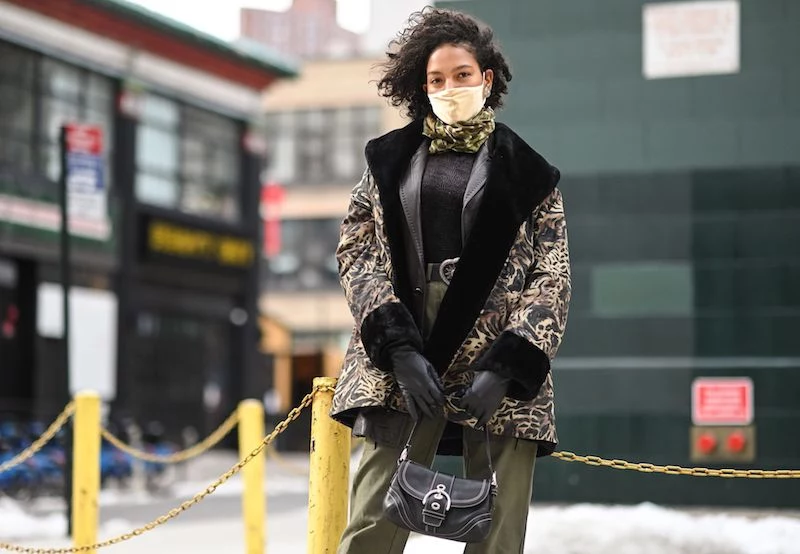
Gloves or Mittens? The Eternal Debate.
Gloves: Offer dexterity for using your phone or finding your MetroCard. Look for tech-friendly fingertips.
Mittens: Far warmer, as your fingers share body heat. The best choice for truly frigid days.
The NYC pro move? Wear thin tech-liner gloves under a pair of heavy-duty mittens, giving you the best of both worlds.
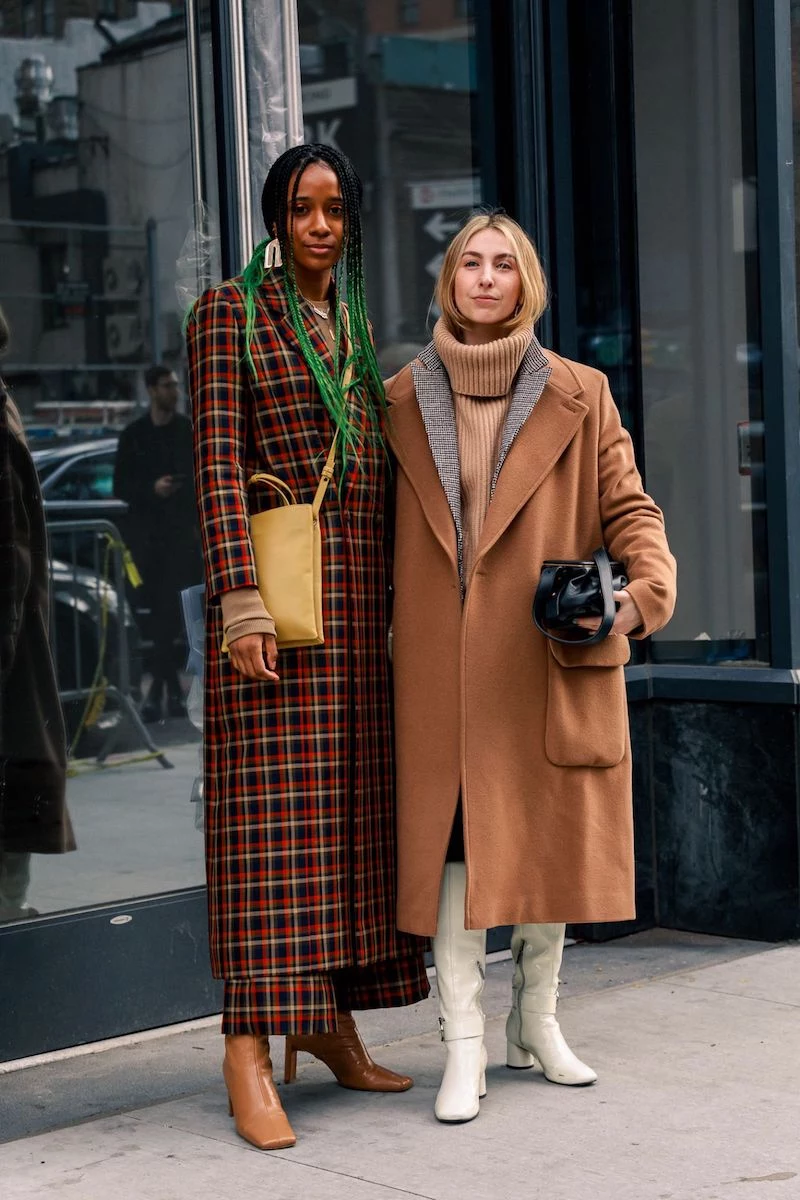
A study by the U.S. Army found that you can lose up to 50% of your body’s heat through an uncovered head in freezing conditions.
That’s not just an old wives’ tale. A quality hat isn’t an accessory; it’s a critical piece of equipment. Forget flimsy acrylic and opt for merino wool or a fleece-lined knit. A snug fit that covers your ears is non-negotiable to block out the wind whipping down the avenues.
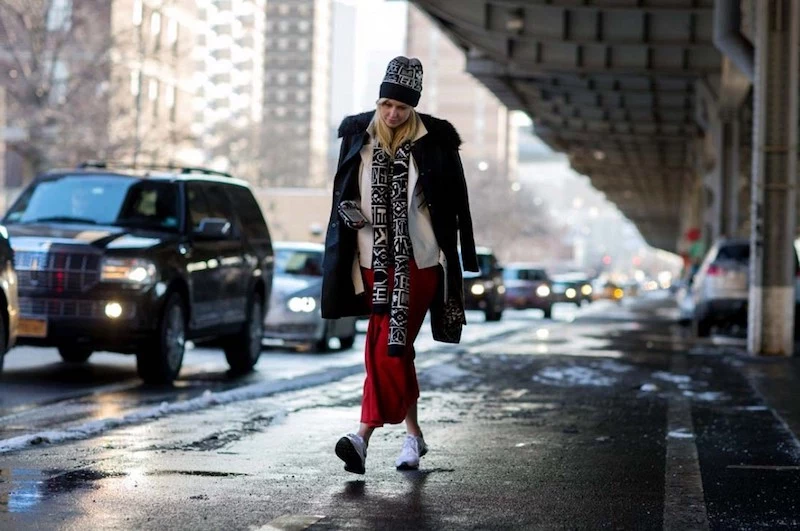
Can I really wear a dress or skirt in a New York winter?
Absolutely, but it requires strategic reinforcement. The secret weapon is a pair of fleece-lined tights, which provide incredible warmth without much bulk. Brands like Plush or VERO MONTE offer opaque, leggings-like options. Pair them with tall, insulated boots (like a shearling-lined pair from UGG or Sorel) to close the gap and keep your legs toasty, even when the wind bites.
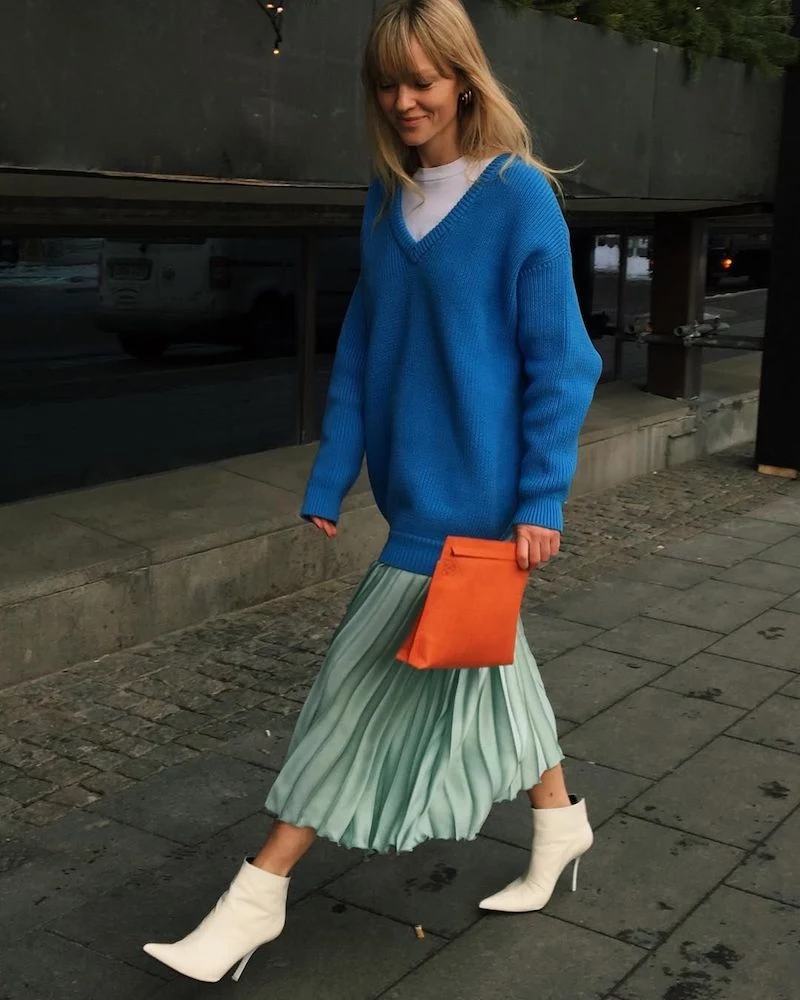
- Keeps your feet completely dry.
- Prevents ugly, damaging white stains.
- Extends the life of your favorite leather boots.
The secret? A simple, post-walk ritual for salt stains. Mix equal parts white vinegar and water in a small bowl. Dip a cloth in the solution, wring it out, and gently wipe down the salt-stained areas. Let them air dry completely, away from direct heat.
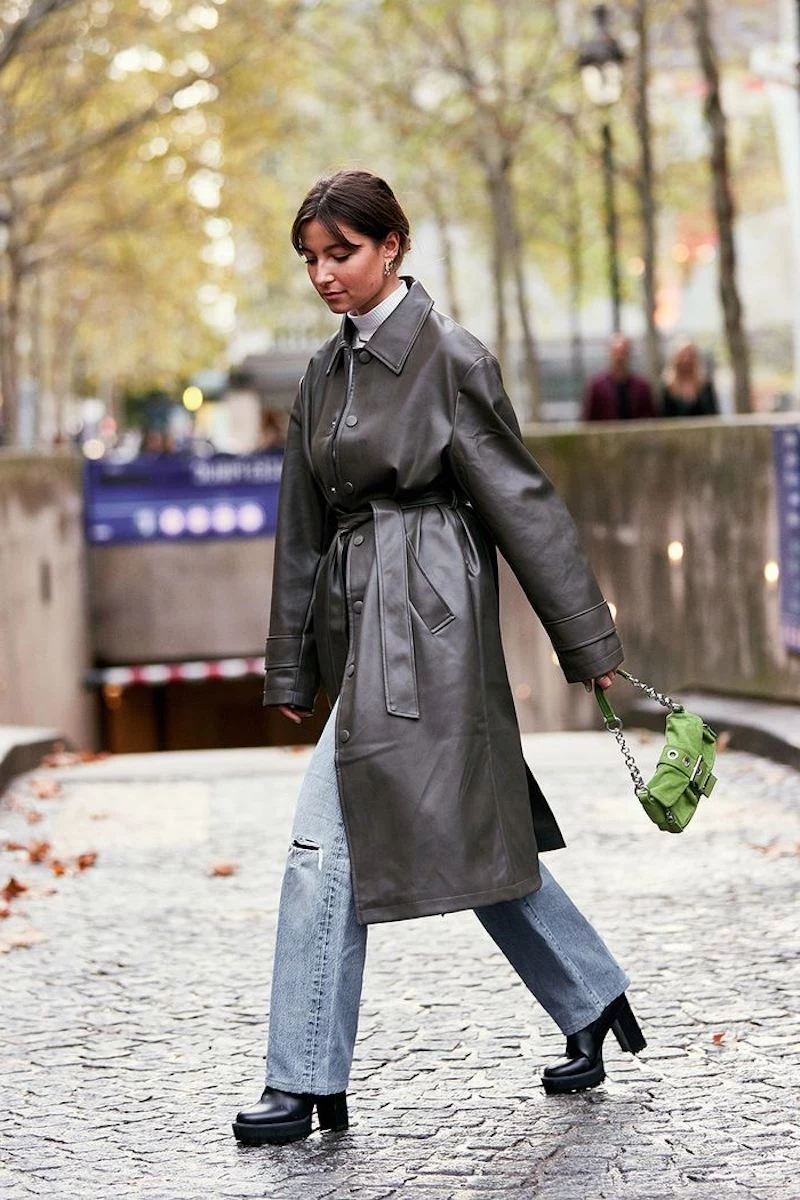
That ubiquitous New York black-on-black uniform is chic, but a pop of color can be a visual and psychological boost during the long gray months. A vibrant coat in cherry red, cobalt blue, or even marigold yellow not only makes a style statement but also makes you easier to spot in a crowd. It’s a way to bring your own sunshine to a cloudy day.
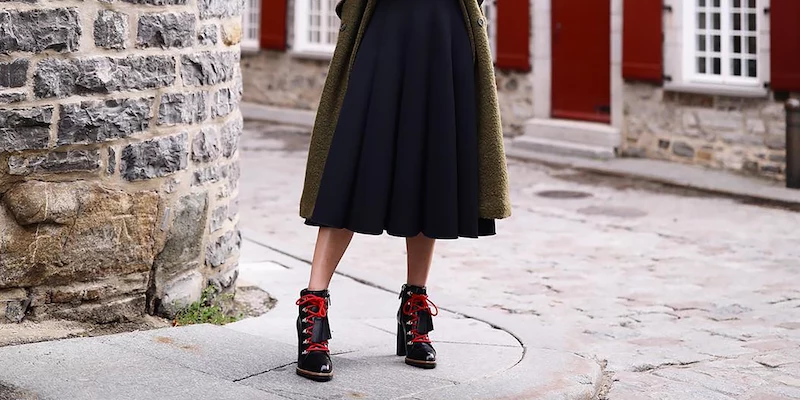
The forgotten layer: Your socks. You can have the best boots in the world, but if you’re wearing cotton socks, your feet will be cold and damp. Invest in a few pairs of merino wool socks from brands like Darn Tough or Smartwool. They wick sweat, regulate temperature, and provide cushioning for all that walking. It’s a small upgrade that makes a world of difference.
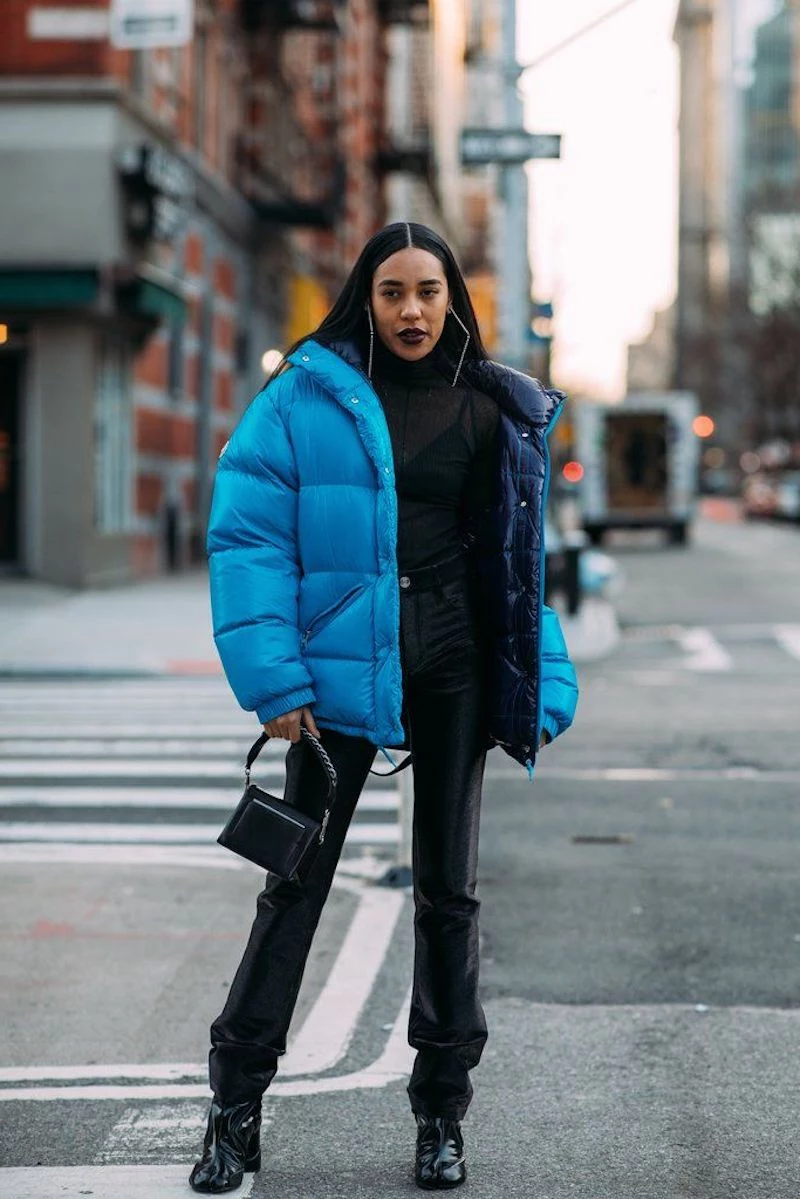
“The key to NYC winter style is functionality disguised as fashion. Everything has to serve a purpose, but it has to look intentional.” – A wise street style photographer
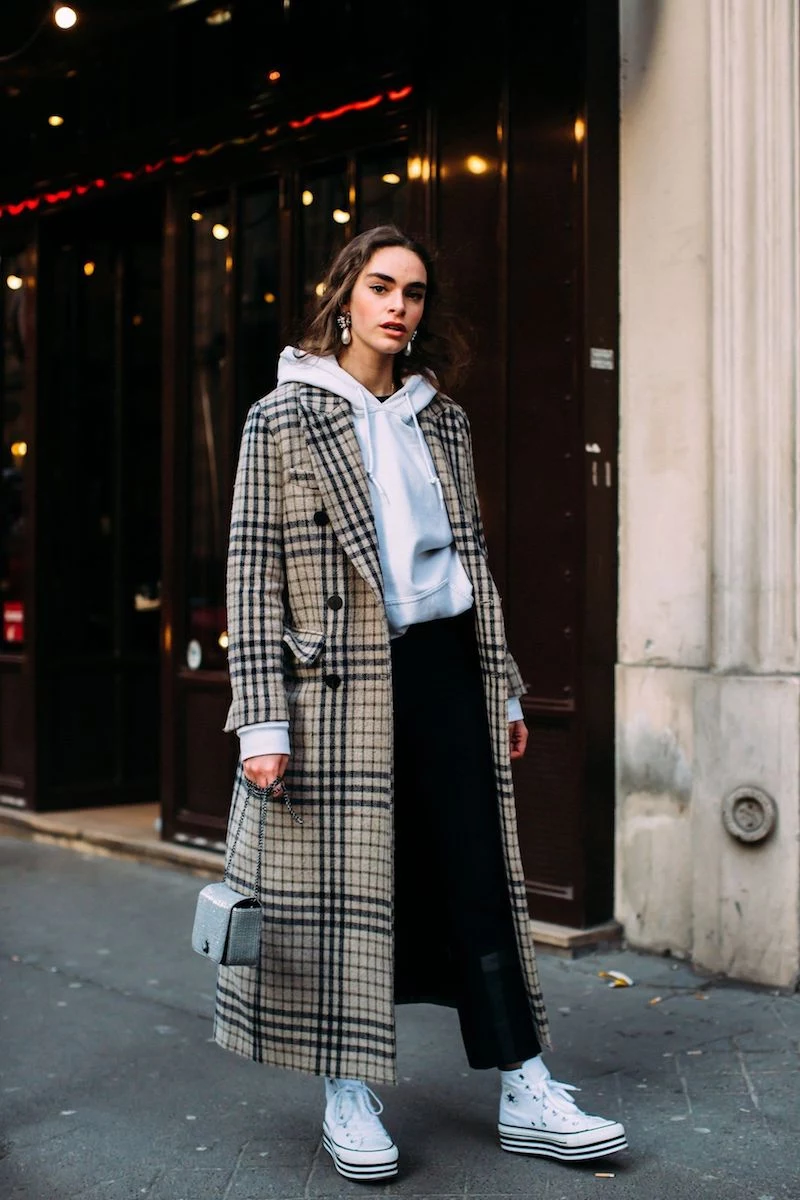
The sudden blast of heat when you step onto a packed subway car is a real challenge. Unzipping your coat isn’t enough. This is why a zip-up mid-layer, like a fleece from Patagonia or a lightweight insulated vest, is a pro move. You can easily unzip or remove it without having to take off your entire heavy coat, regulating your temperature instantly.
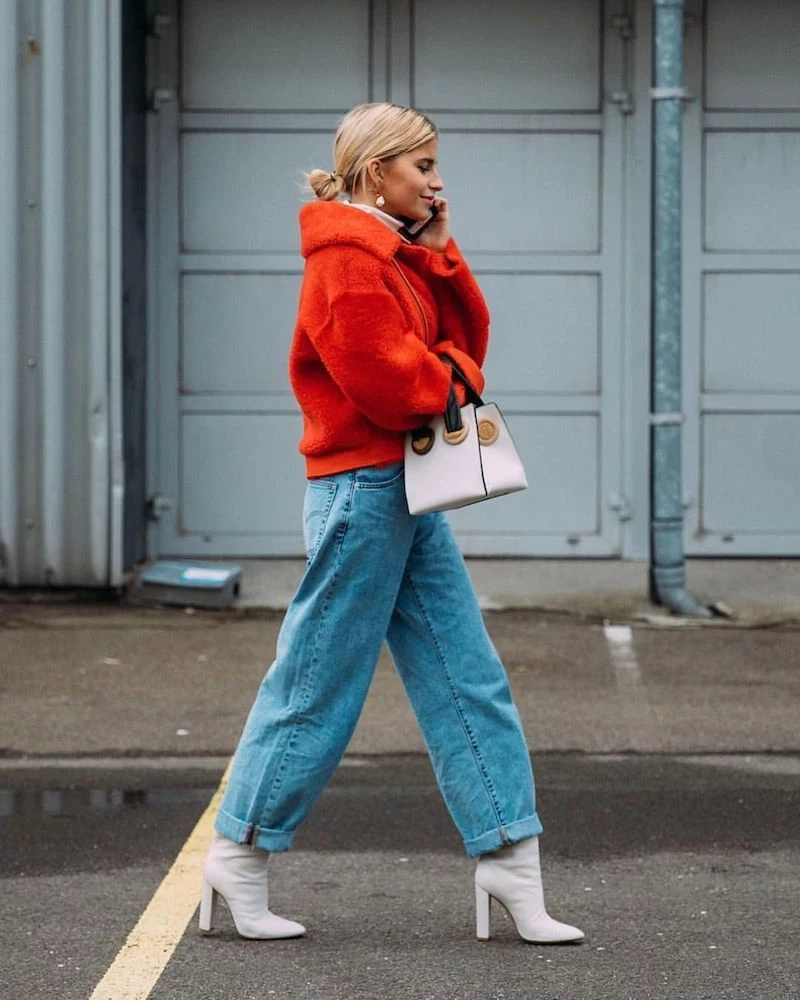
- A portable battery charger (cold drains phone batteries faster).
- SPF lip balm (wind and cold are brutal on lips).
- A pair of packable hand warmers for emergencies.
- Sunglasses for the surprisingly bright, low-angled winter sun.
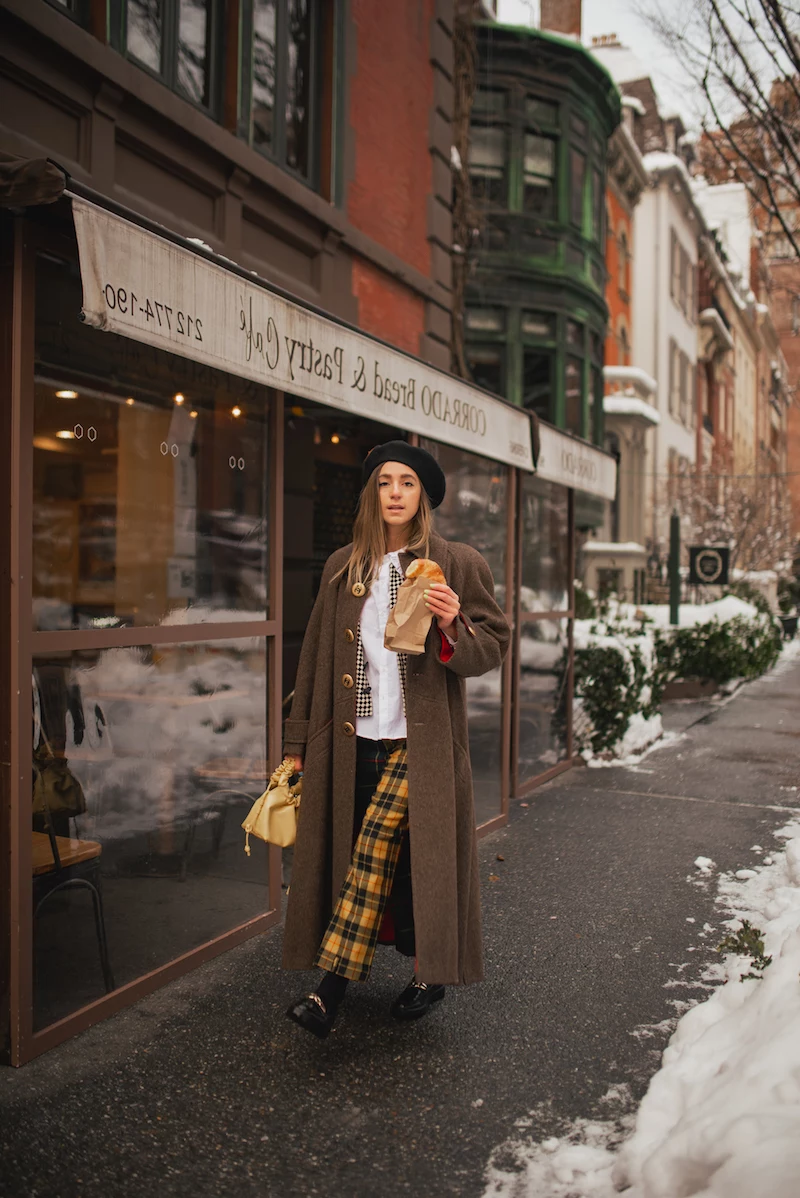
Down Insulation: Offers the best warmth-to-weight ratio and is highly compressible. Its major weakness is that it loses its insulating properties when wet. Best for cold, dry days. Think the classic Canada Goose parka.
Synthetic Insulation: Materials like PrimaLoft or Coreloft mimic the properties of down but continue to insulate even when damp. They are slightly heavier and less compressible but are a lifesaver in wet snow or sleet. A workhorse like The North Face’s ThermoBall is a perfect example.
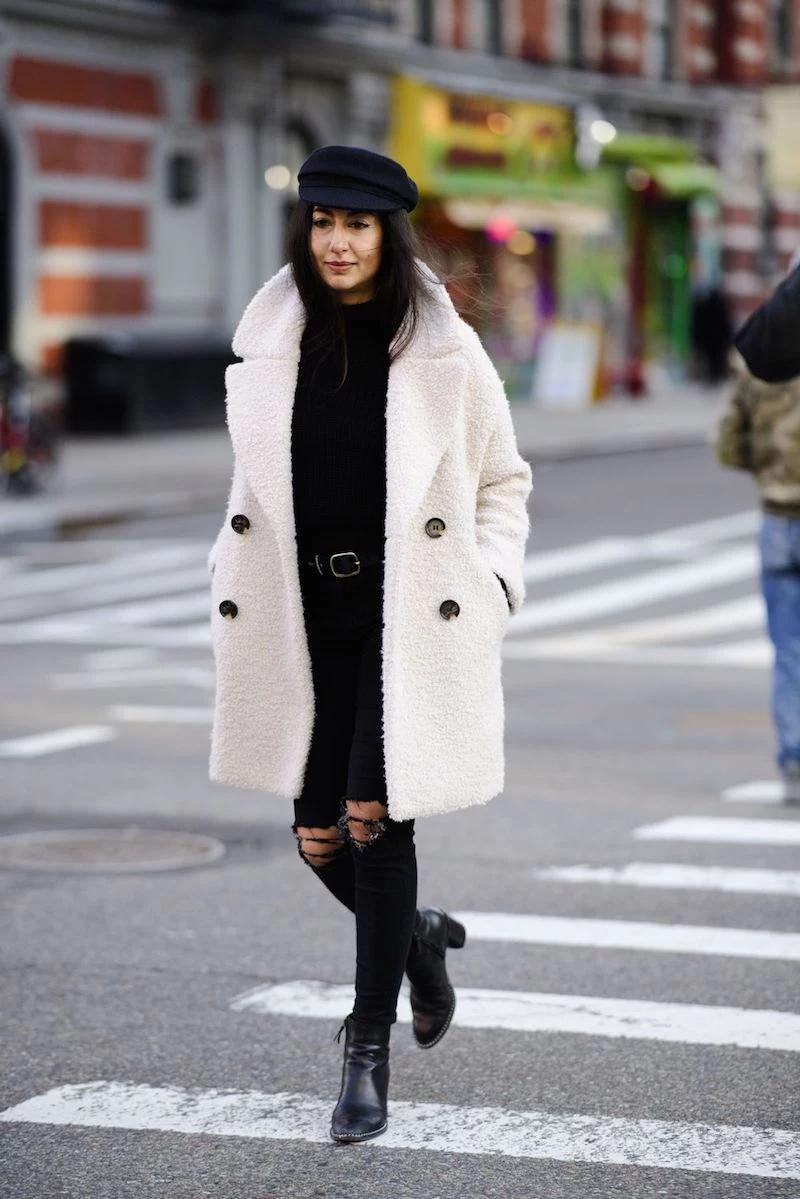
Don’t underestimate the power of a statement scarf. It’s more than just a neck warmer; it’s the fastest way to add personality and color to a bundled-up look. Look for oversized options in cashmere blends or soft lambswool. A large scarf can double as a wrap in a chilly restaurant or a shield against an unexpected gust of wind.
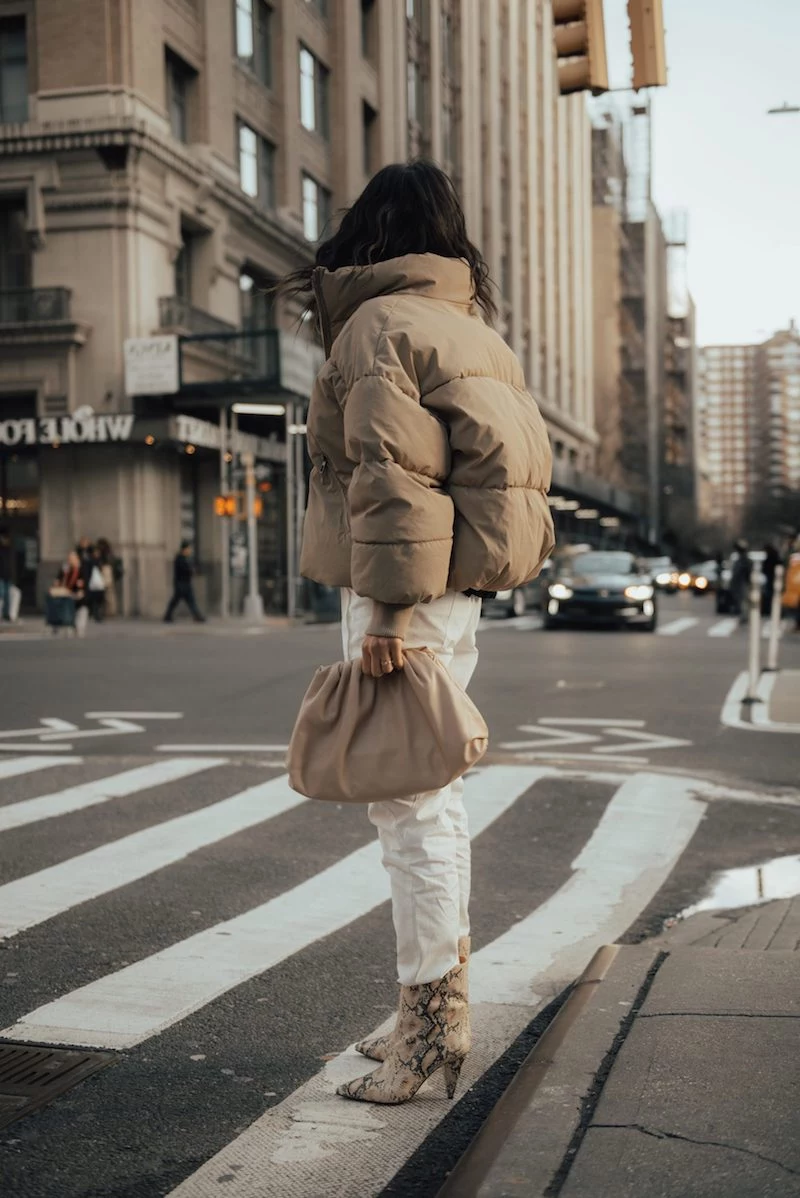
What’s the deal with the balaclava trend?
It might look intense, but the balaclava is the ultimate solution for protecting your face on the most brutal days. It combines a hat and a neck gaiter into one piece, leaving only your eyes exposed to the elements. Brands like Arc’teryx and Smartwool make sleek, technical versions in merino wool that fit smoothly under a coat hood for total wind-blocking power.
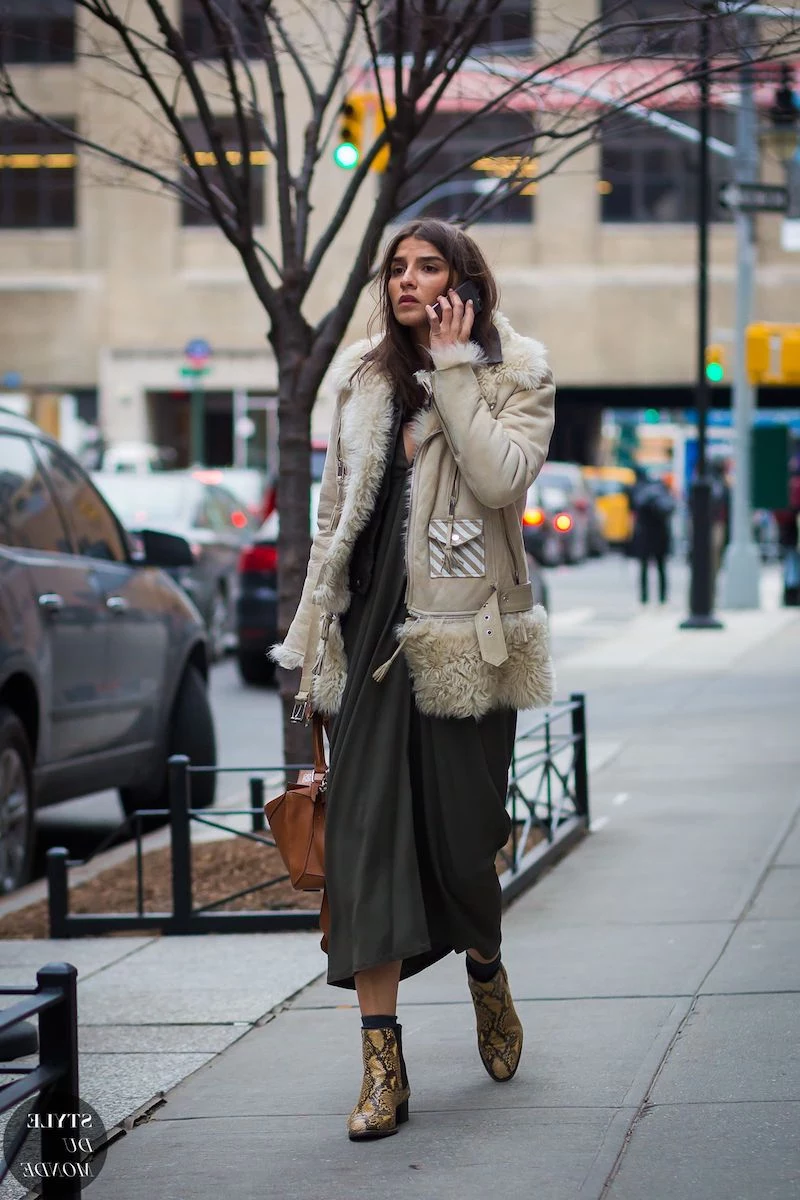
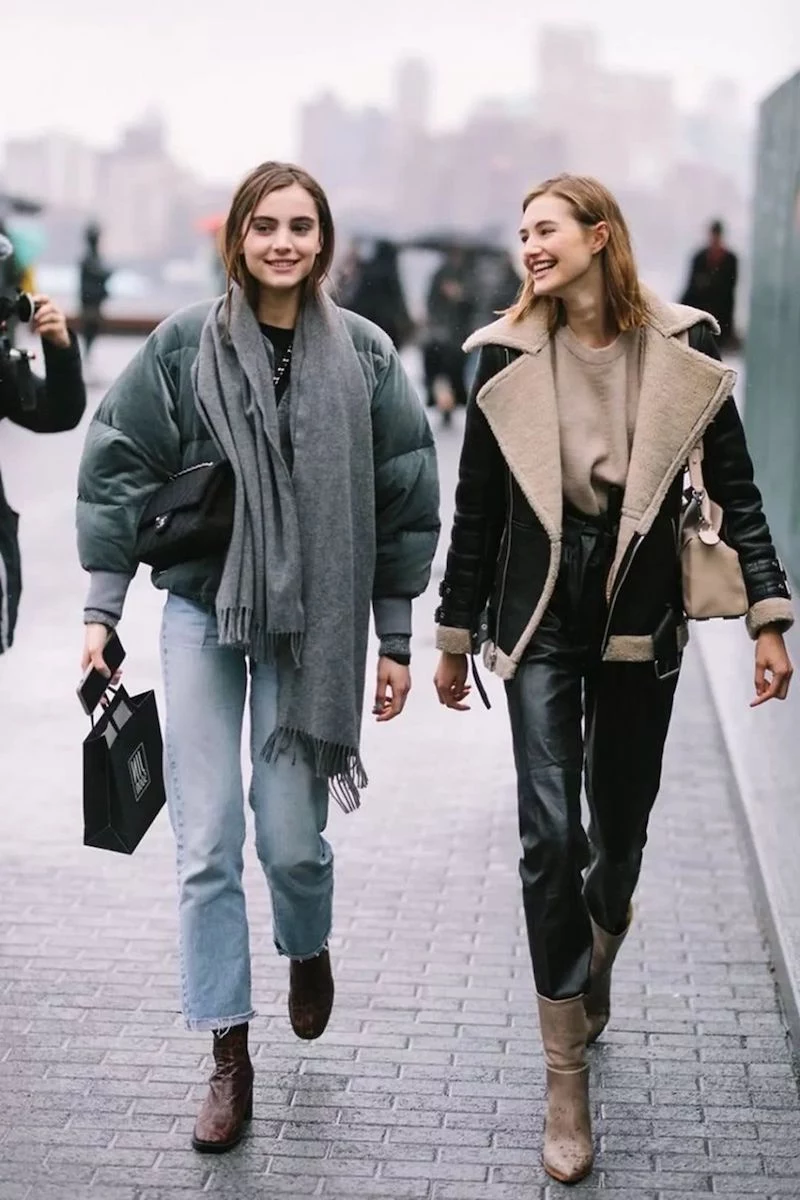
Your feet are your first point of contact with icy sidewalks and slushy corners. When boot shopping, ignore everything else and look at the sole first. You need deep, multi-directional lugs for traction. A smooth, flat leather sole is a recipe for disaster. Look for brands that explicitly mention grip, like Sorel with their herringbone outsoles or any boot featuring a Vibram sole.
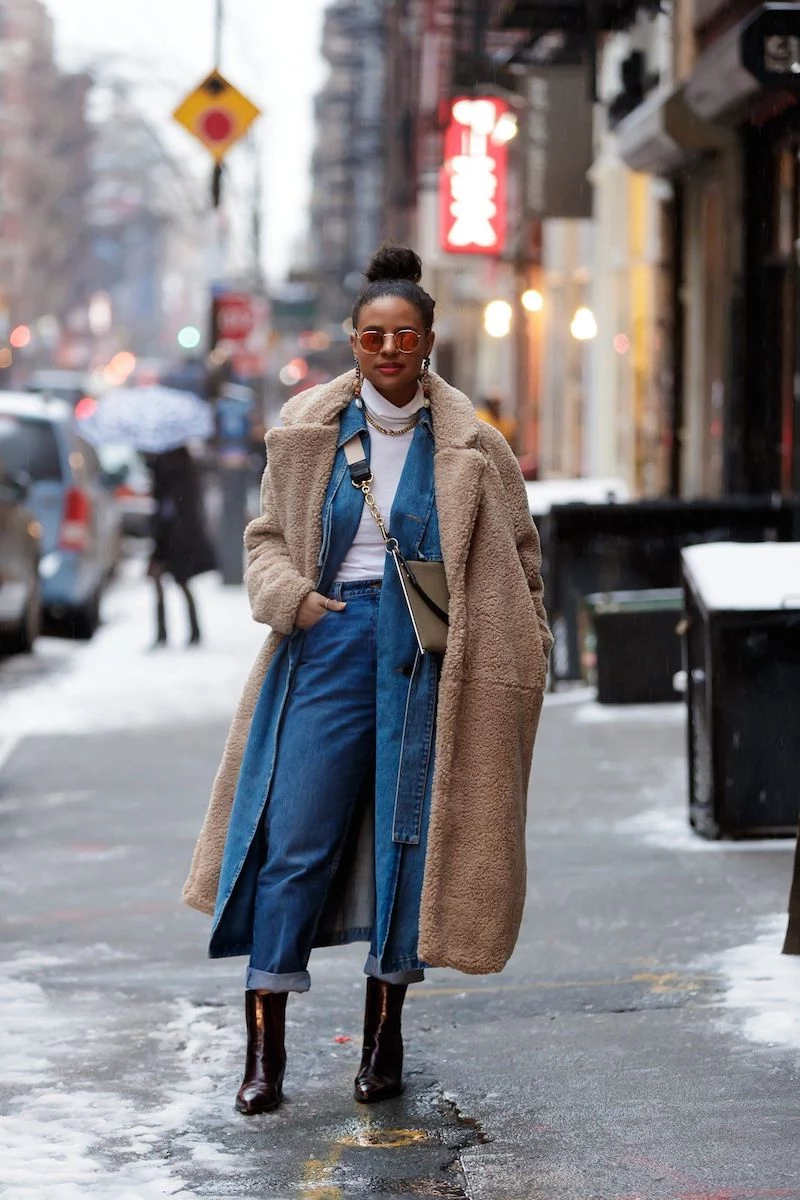
Fact: The air in a heated indoor space can be as dry as a desert. This extreme shift from cold, damp air outside can wreak havoc on your skin.
That’s why a ‘winter face’ strategy is crucial. Always apply a thicker moisturizer or facial oil before you leave the house to create a barrier. Carry a hydrating facial mist for a quick refresh if you feel tight and dry after being indoors.
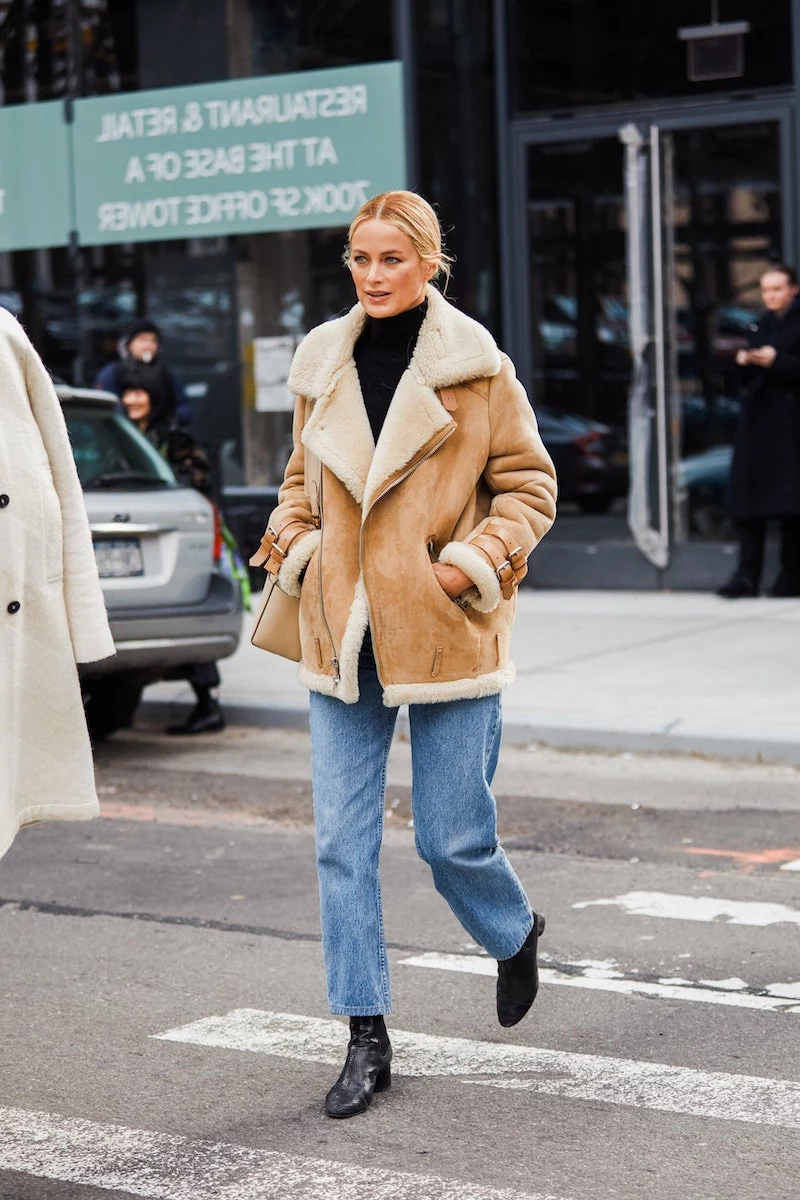
The problem: You love your stylish wool peacoat, but it just doesn’t cut it when the temperature really drops. The solution: Don’t buy a new coat. Buy a thin, packable down vest. Worn as a mid-layer, it adds a significant core of warmth that’s completely invisible under your coat, instantly upgrading its performance for deep-winter conditions.
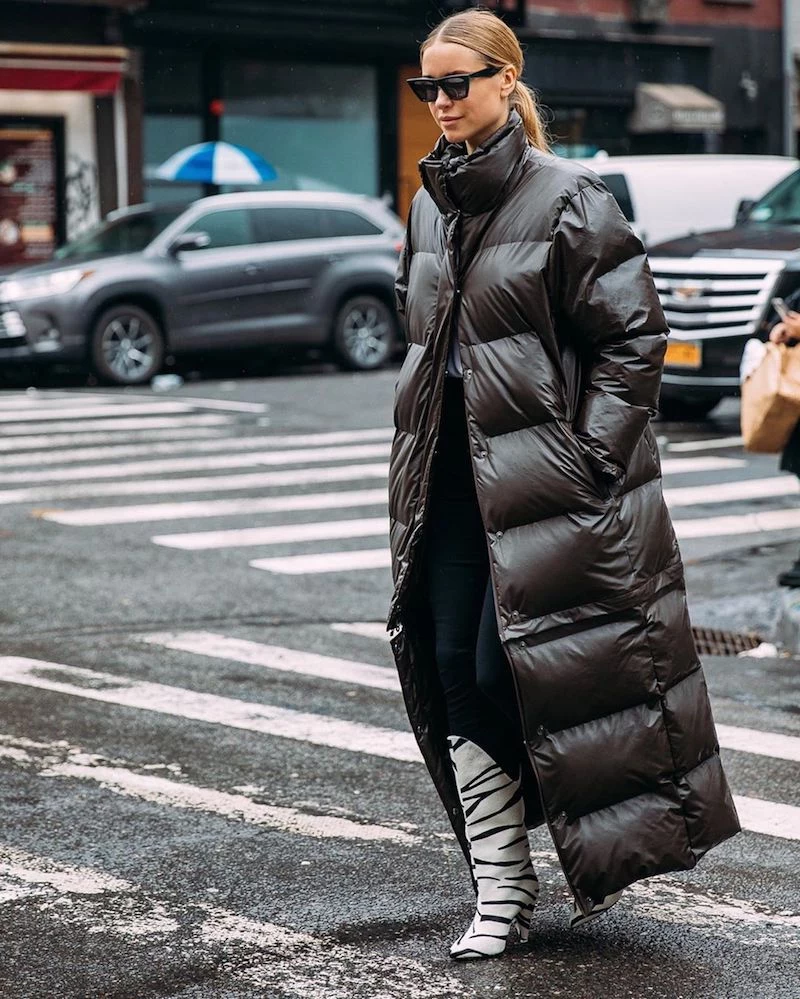
- Crossbody Bag: Keeps your hands free and your valuables secure and accessible in front of you. It’s easy to swing around and doesn’t get in the way on a crowded train.
- Backpack: Better for carrying more (like a laptop or a change of shoes), but can be cumbersome in crowds and needs to be removed on the subway.
For most quick trips and daily commutes, the crossbody wins for winter convenience.

Think beyond department stores for your outermost layer. A high-quality, vintage wool coat from a thrift or consignment shop often has superior fabric and construction to many modern fast-fashion options. You can get a classic, timeless piece for a fraction of the price, and since you’ve mastered layering, you can make it perfectly warm with modern tech layers underneath.
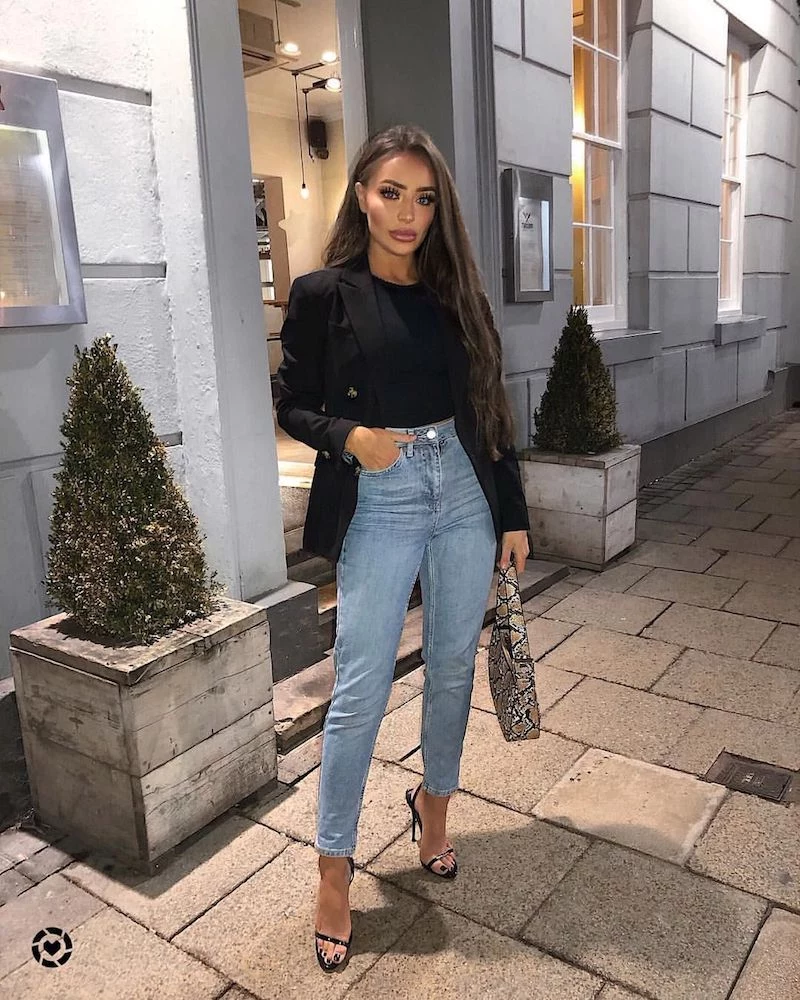
Water-resistant is not waterproof. The former will shed a light, brief shower. The latter will keep you dry in a downpour or after stepping into the dreaded ‘surprise’ slush puddle. For a true NYC winter, you need genuinely waterproof boots, often featuring a GORE-TEX membrane or a sealed-seam construction. It’s the difference between a comfortable commute and a miserable day with cold, wet feet.
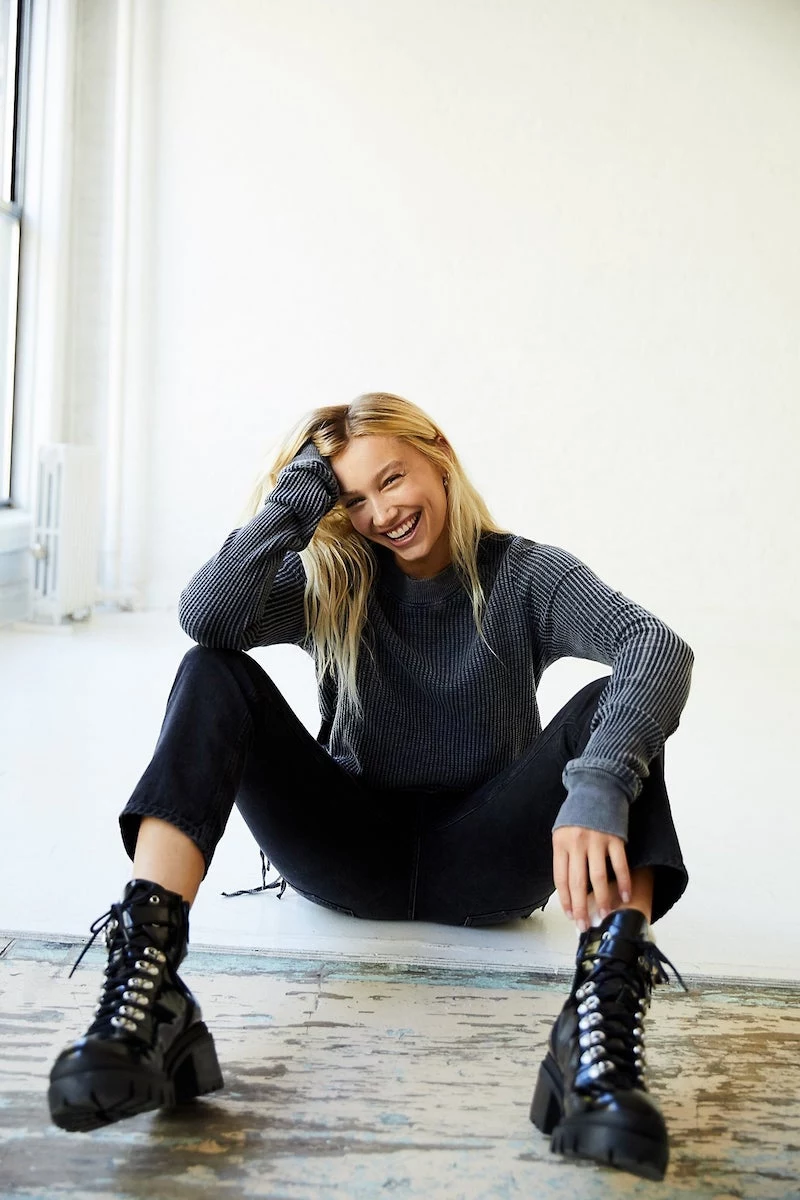
When the season ends, a little care goes a long way. Before storing your gear:
- Get your big coats professionally dry-cleaned or wash them according to the label (use tennis balls in the dryer to re-fluff down jackets).
- Clean all salt and grime from your boots, condition the leather, and check if they need new soles or waterproofing for next year.
- Wash all your hats, gloves, and scarves so they’re fresh and ready to go in the fall.

A single square yard of GORE-TEX membrane contains over 9 billion pores. Each pore is 20,000 times smaller than a water droplet, but 700 times larger than a molecule of water vapor.
This is the science behind why high-end outerwear is both waterproof and breathable. It physically blocks rain and snow from getting in, while allowing your sweat to escape, keeping you dry from the inside and the outside.
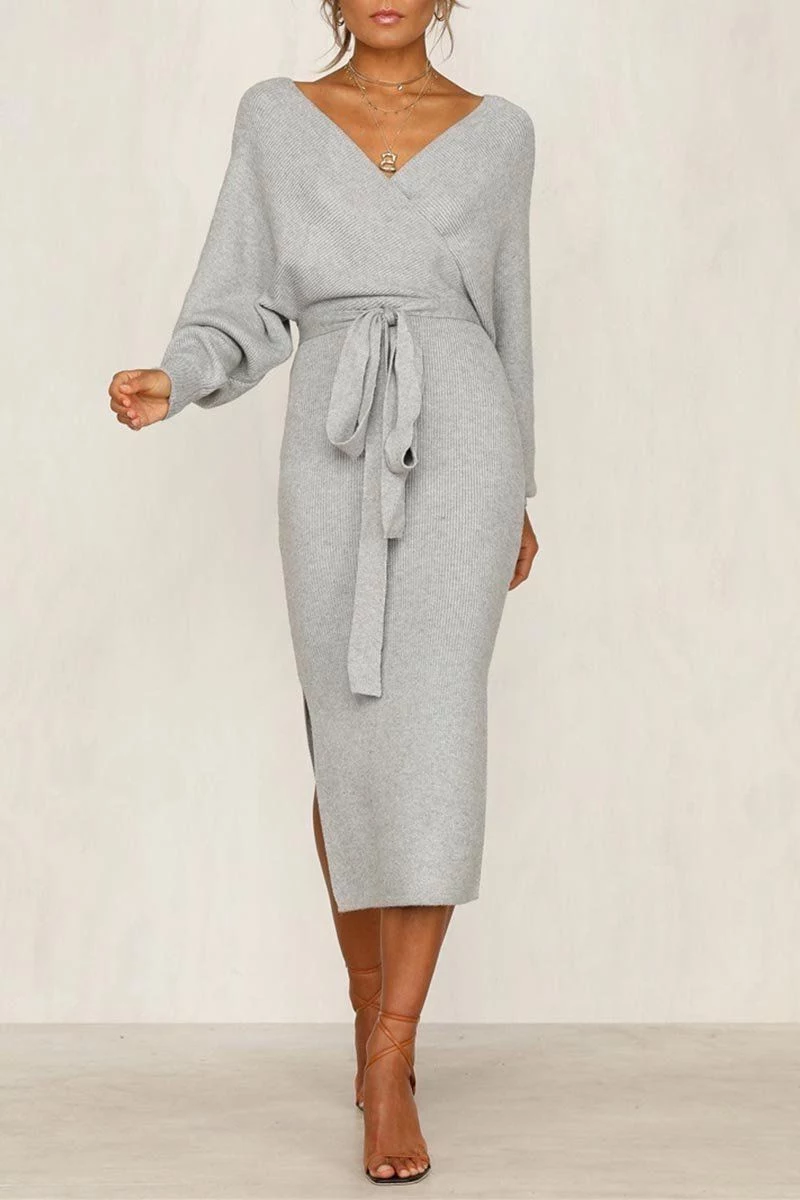
The turtleneck is the unsung hero of the New Yorker’s winter wardrobe. It acts as a combination base-layer and scarf, keeping your neck sealed off from drafts without the bulk of a separate accessory. A thin merino wool turtleneck can be layered under a crewneck sweater for a classic, intelligent look that’s incredibly warm.
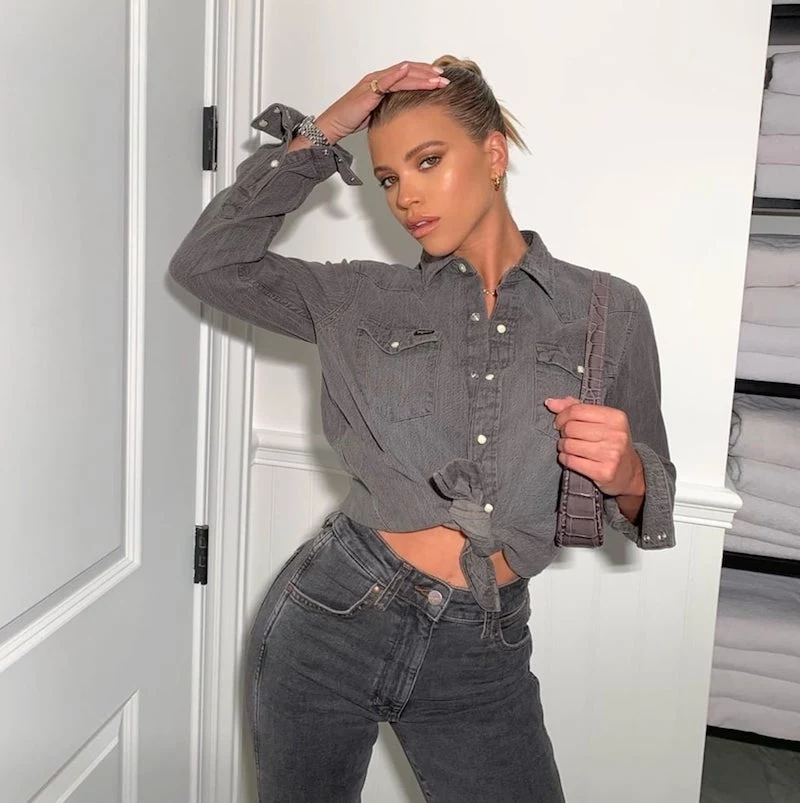
Important note on accessories: The biting wind doesn’t just attack your front; it swirls around corners and comes from all directions. A simple scarf might not be enough. A neck gaiter or ‘snood’ made of fleece or wool provides 360-degree protection and won’t fly off in a sudden gust. It’s less stylish, perhaps, but infinitely more practical on the coldest days.

My touchscreen gloves never seem to work well. Why?
The conductive threads woven into the fingertips that allow them to work on screens are often fragile and lose effectiveness with wear and washing. For reliability, look for gloves that use a conductive patch of material, like synthetic leather, on the finger pads instead of threads. Brands like The North Face with their Etip line are known for better performance.
When choosing a winter coat, pay attention to the small details. A two-way zipper is a game-changer, allowing you to unzip the coat from the bottom for more comfortable sitting on the subway. Also, look for ribbed storm cuffs inside the sleeves—this small elastic detail creates a seal that prevents cold air from shooting up your arms.


